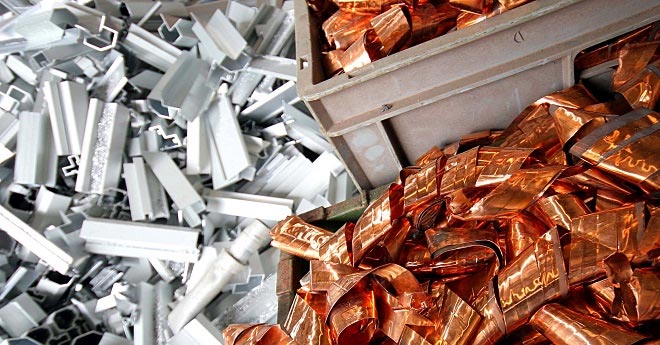“TKNMetal: The New Frontier of Commercial Coinvestment Challenging the Banking Crisis”

Introduction:
In the context of economic instability and the banking crisis affecting many nations, an increasing number of individuals and entrepreneurs are turning to innovative alternatives to protect their capital and ensure a secure financial future. In this scenario, TKNMetal emerges as a pioneer in the metal commodities sector, offering a model of commercial co-participation that counters the risks associated with the traditional banking system. In this article, we will explore the key differences between the commercial co-participation proposed by TKNMetal and the risk of fund loss deposited in banks.
Paragraph 1: The banking crisis and associated financial risks
In recent years, we have witnessed severe banking crises that have severely tested public trust in the traditional financial system. Economic recessions, financial scandals, and market volatility have made it evident that keeping one’s money in banks can involve significant risks. Bank deposits are not immune to potential failures or financial collapses, jeopardizing people’s savings and the stability of businesses.
Paragraph 2: TKNMetal and commercial co-participation
In contrast to the risks of the banking system, TKNMetal proposes a model of commercial co-participation that offers an alternative solution to protect and grow one’s capital. The company focuses on trading metal commodities such as copper, aluminum, and steel. TKNMetal partners have the opportunity to actively participate in this business, actively contributing to the acquisition and sale of these commodities.
Paragraph 3: Benefits of commercial co-participation with TKNMetal
The commercial co-participation proposed by TKNMetal presents several advantages over keeping funds in banks. Firstly, it provides the opportunity to actively participate in the trade of physical goods, allowing partners to profit from real commodity trading. This results in greater transparency and control over the destination of their investments.
Paragraph 4: Risk diversification and financial stability
TKNMetal is committed to diversifying its investments in the metal commodities sector, thereby reducing the risk of significant losses. Unlike many financial institutions that speculate on high-risk investments, the company adopts a targeted and responsible strategy aimed at protecting the capital of its partners. This risk diversification contributes to ensuring greater long-term financial stability.
Paragraph 5: Security and sustainability
TKNMetal places great emphasis on the security and sustainability of its operations. Commercial transactions are based on clear and transparent contractual agreements, thus providing greater security for the involved partners. Additionally, the company adopts sustainable practices in the production and marketing processes of metals, contributing to the conservation of natural resources and environmental awareness.
Paragraph 6: The new frontier of financial well-being
The commercial co-participation proposed by TKNMetal represents the new frontier of financial well-being. It offers the opportunity to participate in a solid sector such as metal commodities, which is in constant demand globally. Partners can benefit from economic growth and the company’s success, thereby generating an additional source of income and contributing to personal and community well-being.
Conclusion:
While the banking crisis continues to undermine trust in traditional financial institutions, TKNMetal presents itself as a viable alternative through its model of commercial co-participation in the metal commodities sector. This model offers the possibility to protect and grow one’s capital securely, avoiding the risks associated with the banking system. Furthermore, it promotes risk diversification, financial stability, security, and sustainability. TKNMetal represents the new frontier of financial well-being, offering an innovative and profitable approach for those seeking greater security and prosperity in the current economic landscape.


